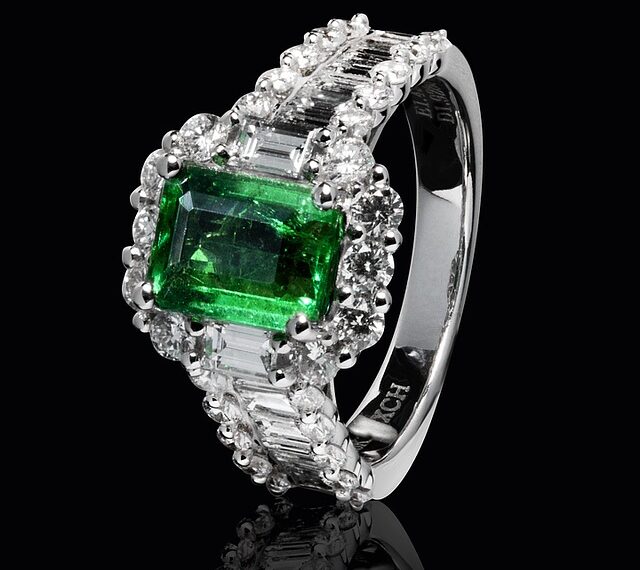Ever wondered why centipeded grass is called that? If you’re guessing its a centipedes favorite grass, well not exactly; this grass is given the name centipede due to the slow speed of its growth. It grows best in moderate weather conditions and due to its slow growth, it requires a comparitively less maintenance, compared to Zeon Zoysia, Empire Zoysia and other sods. It doesn’t need excessive sun shine, a lot of water, and can also grow well in shady areas and even in areas where there is sand. People choose this grass due to its low water requirement, and it doesn’t need that much care. Atlanta Sod Farms offer one of the best quality centipede sod which has typical Granny Smith Apple green color that gives a very cool impression.
Understanding Centipede Sod
Every grass sod, either Zeon Zoysia, Empire Zoysia or Emerald Zoysia grass sod has its own requirement of watering, mowing and adding fertilizer. And for having an ideal sod cover you need to understand this difference. Here we discuss some salient features of centipede sod in detail.
Origin of Centipede Sod
This grass was introduced in the US after its seeds were discovered in the satchel of Frank Meyer, who was a USDA plant explorer. In 1916 he went on his fourth trip to China and was lost. Centipede sod is basically the local grass of South Asian countries and China, where it was mostly grown in the areas where frequent care of the grass was not required. It is also termed as ‘lazy man’s grass’ or ‘poor man’s grass’. Due to its easy maintenance, it eventually made its way to the lawns. It can easily adapt to the US coastal plains, and lower Piedmont areas; like in the acidic soils of the Southeast and in Carolinas across the southern coastal plains to Texas Gulf Coast.
Creeping Growth Style
It has a typical green color with a merging tint of yellow on the tip of the blades. But if you happen to over fertilize it, then its yellow-green color turns into an unnatural dark green. Its turf tends to spread by stolons and produces a medium-textured grass. It has a fairly good tolerance regarding both shade and drought and that is why it can be easily grown into turf with the help of sod or seed. Since Centipede sod is a creeping horizontal plant stem that takes root along its length to produce new plants, it is best suitable for a controlled growth around flower beds and walkways.
Centipede Sod Irrigation Management
It is an ideal perennial turf and requires a scheduled irrigation plan. Being a horizontal creeper, it has a shallow root system, which develops into an even weaker system, if it gets a light frequent watering. Such roots won’t be able to bear the harshness of the drought and this is why the centipede sod cover must be irrigated infrequently. It helps the roots to grow deeper in search of water and bear the stress of dryness. That’s why, after having an established lawn, go for watering only when you see the grass going completely dry.
Curing Centipede Grass Decline
The irrigation practices that you adapt for centipede sod result in thatch accumulation rate. If you adapt it to a high level of fertilizer being added, mainly nitrogen on centipede sod cover, it will produce a heavy turf. It results in growth of new runners, which soon develop into several inches above the surface level of the soil. Theis excessive vegetative growth exposes the turf to wide fluctuations of temperatures during late fall, winter and early spring. As its shallow root system cannot support heavy grass cover, so after a few years large brown dead patches start forming in the early spring season. This occurrence is termed as ‘Centipede Grass Decline’. That is why a planned irrigation and a proper fertilizer is essential for the strong growth of this grass. Here are a few tips to avoid this problem:
- The best time to lay this sod is late spring or early summer.
- Fertilize the lawn after soil test and avoid adding too much.
- On higher PH soils, use iron supplement during the growing season to enhance the green color of the turf.
- Keep a check on soil regarding PH level
- Prevent vegetation growth when the thatch growth starts exceeding ½ inch.
- Adapt to scheduled irrigation practices in the fall and early spring, on noticing the turf prone to drought stress.
- To encourage deep rooting, apply 1- inch water per application.
- Avoid over watering that may lead to lasting dampness in the soil.
- Go for a mowing after the turf reaches ½ to 2 inches height.
Centipede Pests Control
Nematodes, especially the ring nematodes and ground pearl insects cause great harm to centipede sod cover. The sandy locations which ideally support the nematode population restrict the proper growth of this type of grass. Nematodes damage the roots of the plants, stopping their ability to absorb the right amount of water and nutrients. That is why such soil results in the growth of grass with prominent signs of iron chlorosis. If you over fertilize it to support growth, then it results in the development of a thick thatch. Such grass cover is not at all an ideal turf, having weak roots to support a heavy turf, so it does not support a heavy foot traffic. That is why using the right pest control is essential for a healthy turf.
Read Avple for more interested information .





